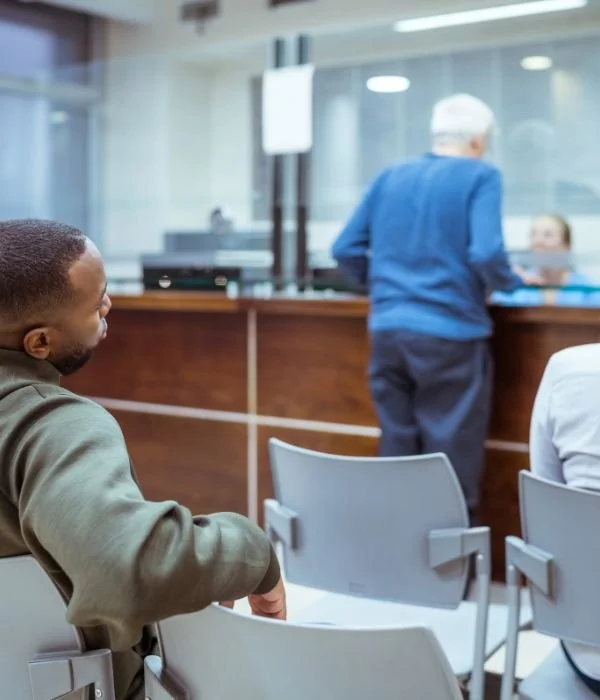What Happens When Millions Lose Medicaid—But Nothing Else Changes?
Since the COVID-era Medicaid protections expired, more than 20 million people have lost their coverage. Millions more are expected to follow as a result of recent policy cuts, including “The Big Beautiful Bill.”
This Medicaid unwinding is reshaping the health landscape—but not necessarily for the better.
And here’s the uncomfortable truth: coverage gaps are only the tip of the iceberg.
Coverage Is Not Care. And Care Is Not Health.
We often remind policymakers and the public that “coverage ≠ care.” But there’s another, deeper truth:
Coverage ≠ health.
Even with an insurance card in their wallet, many people still struggle to get well—or stay well.
Why? Because health isn’t made only in the doctor’s office.
The Real Barriers to Health
For many, the obstacles are baked into everyday life:
A bus route that doesn’t exist.
Asthma triggers in substandard housing.
A two-mile walk to the nearest store with fresh produce.
An unpaid day off just to get to a clinic.
These are social determinants of health (SDOH)—the non-medical factors that shape well-being far more than most prescriptions.
What Actually Unravels When Medicaid Unwinds?
When coverage disappears, it’s not just about losing a doctor’s visit. People lose:
Continuity of care
Stability for families
Trust in the health system
Linkages to food, housing, and behavioral health support
Which raises a bigger question:
Were we ever solving the right problem to begin with?
America’s Healthcare Paradox
The U.S. spends more per person on healthcare than any other nation. Yet, we rank near the bottom in life expectancy, infant mortality, and preventable chronic disease.
Our blind spot?
We pour resources into treating illness—but invest very little in preventing it.
What Sustainable Change Really Requires
Re-enrollment campaigns alone won’t fix this. Sustainable change demands:
Community-based partnerships that stay in neighborhoods, not just drop in and out.
Upstream investment in food, housing, transportation, and safe environments.
Health systems that track and address social risk factors alongside clinical ones.
Policy that protects people’s stability instead of reacting to crises.
I believe community health workers are the untapped workforce that can bridge these gaps. They are trusted, local, and positioned to address both medical needs and the everyday realities that make or break health.
If we’re serious about building a healthier nation, we have to start in the places where health is made—or lost. That means showing up in communities, staying there, and aligning our systems to invest in what keeps people well.
Because when Medicaid unwinds, the real question isn’t just who loses coverage.
It’s what else they lose—and what we’re willing to do about it.

